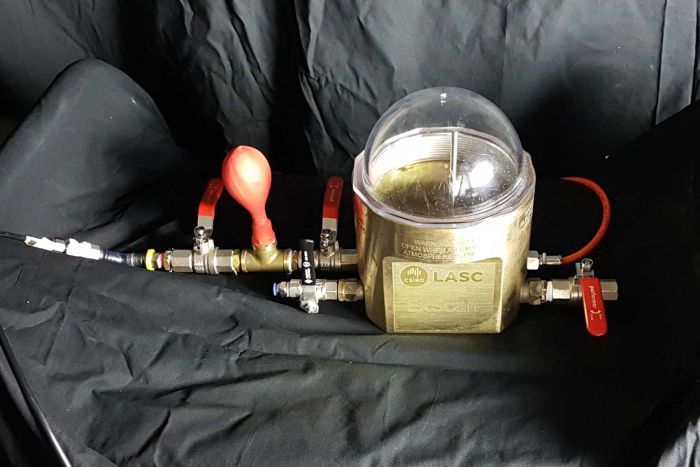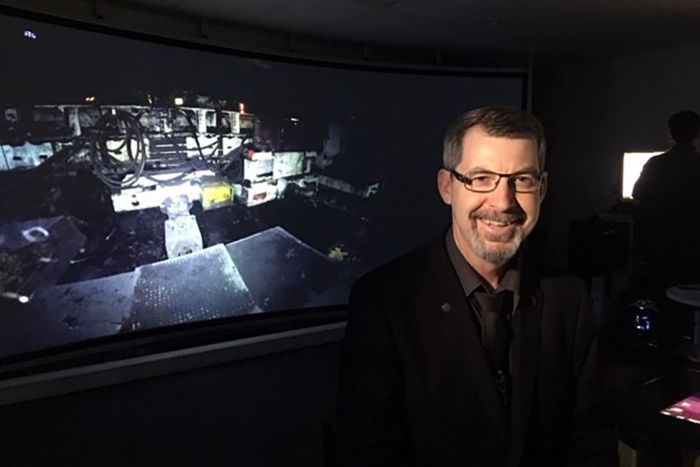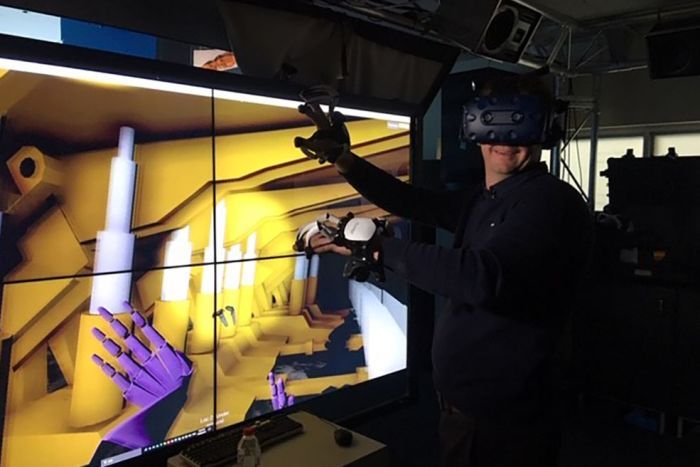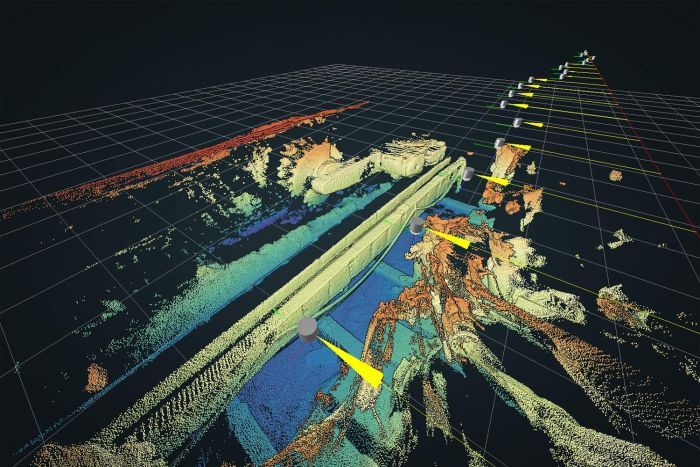CSIRO 3D Laser Scanner Invention Set to Revolutionize Mining, Industry Says

By Lexy-Hamilton Smith
November 4, 2019 - The Commonwealth Scientific and Industrial Research Organization (CSIRO) in Australia has developed a world first "flameproof" 3D laser scanning device that can "see things our eyes cannot" by transmitting a full panoramic view of an underground coal mine in real time.
Called the ExScan, the device is set to revolutionize the industry, allowing miners to leave the coal face and manage longwall operations remotely from a control centre above ground.
This form of "intelligent mining" is currently being trialled by Glencore at its Oaky Creek mine site between the mining towns of Tieri and Middlemount in central Queensland.
The industry, which contributes $7 billion to Australia's export income, had been plagued with safety issues including the emergence of black lung disease.
Glencore technology superintendent Lauris Hemming said the industry had been aiming for safe full automation for decades.
"What you can see here is the penultimate stage, we are almost there. We are a few steps away from actually being able to remove the people from the coal face," he said.
"Removing people from the dust, removing people from the hazardous environment — take them away from the machinery interaction and keep them in a safer place, above ground."
The advancement is achievable after years of research by the team at CSIRO's Centre for Advanced Technologies in Brisbane.
CSIRO principal research engineer Dr. Mark Dunn said it had been working on the ExScan technology with the goal of achieving "hands free" coal mining operations with no drop in production levels.
Having undergone more than 50 explosion tests as part of its certification, the laser scanner was able to operate in the harsh underground environment.
"This is the first time we have been able to map in 3D — a hazardous environment underground — safely," Dr Dunn said.
"The ExScan takes a full 3D environment scan and transmits it through a combination of wi-fi and optic fibre many kilometres from the coal face which is 300 to 400 metres underground."
Glencore currently has 16 ExScans underground but will have 50 in place by Christmas.
"From the control room, operators are capturing information in real time down to centimeter precision so it is very accurate," Dunn said.
"The operators on the surface, can now see exactly what is going on with this long wall equipment."
Using this information, remote guidance is now possible.
"Once we have 10,000 tonnes of equipment that is hundreds of metres underground fully automated, this will really become one of the biggest robots in the world," Dr Dunn said.
Glencore said when the project went "live" no-one would lose their jobs as they were still needed for maintenance programs and some would be retrained.
Control Room Can See Underground
Currently about 90 percent of underground coal mining uses a process called long wall.
With each pass, a massive slice of coal is taken off, put on a conveyor belt and transported away from the coal face.
But longwall mining puts workers in one of the most dangerous places in the mine — underneath a roof supported by hydraulic jacks.
At Glencore's trial site — in a control room full of computer screens — they can see the panoramic view being transmitted from deep underground via the devices.
Hemmings said there would normally be a 12-person crew on the long wall, but on testing days it was a worker-free zone.
"We have been attempting this every Wednesday for last few weeks," he said.
"This is the first time we have sent the machine backwards and forwards up and down the face on its own completely.
"There are no operators down there — 20 years ago it was a very mild pipe dream, five years ago it was 'maybe we can get there', and now we are actually there."
'There's Nobody Underground'
Back at the CSIRO's Pullenvale headquarters fellow scientist Peter Reid explained how the Virtual Reality works when miners are "immersed" hundreds of meters underground.
"The information from the scanner actually gets collected and re-mapped to a 3D model, which is dynamically updated," he said.
"And it gives us a way of visualizing exactly what the long wall face looks like even in an environment where it is really dusty, there is a lot of vibration, dark as well.
"It is incredible, because it basically allows an operator like myself to be in an environment that is basically the same as being underground.
"And it is safe because if there is an incident, there is nobody underground to be hurt.
"There is no dust to be exposed to, no explosive gases, so if we can remove people from the environment there is no risk."
Five different mines in New South Wales and Queensland are now trialling the ExScan.
Mine operators in China, which has around 1,500 longwall operations, as well as North America, Poland and Russia, have all shown interest in using the scanner to make mining safer.

The ExScan device underwent more than 50 explosion tests as part of its certification.
Photo by CSIRO

Dr. Dunn said the CSIRO has been working on the ExScan technology to try and achieve "hands free" coal mining operations.
Photo by CSIRO

Scientist Peter Reid explained how the virtual reality works when miners are "immersed" hundreds of metres underground.
Photo by CSIRO

The ExScan device maps the coal seam underground.
Photo by CSIRO

